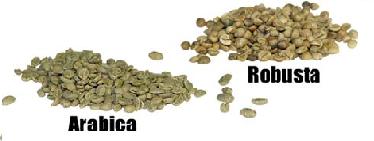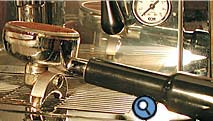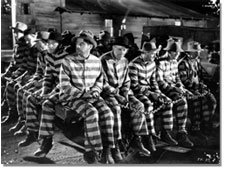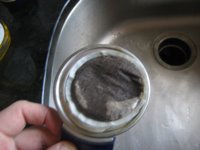Tasting... when you can't taste a thing.
Over the weekend I found myself with an awful head cold, every bit as severe as it proved—thankfully—short-lived. Now a cold most any time is an inconvenience. This time it was distressing. The coffee delivery man had just left some excellent beans on my front porch, and doggone it, I was really looking forward to giving them a taste. And the simple truth was I couldn’t taste a thing. Zero, Zilch. Nada.
So I brewed some coffee anyway.
I brewed a “regions of the coffee world” sampler, really: Centrals, Indos, a winey African or two. Even a couple of real stinker coffees that I forgot to throw away. And just for kicks and grins, I set up a blind tasting—six coffees, labeled A through F—so I wouldn’t know what was in each cup, but I could look each up later.
I couldn’t smell anything. Not a thing! No fragrance of just-ground coffee. No aroma of brewing coffee… nothing. I couldn’t discern flavors: no berry or cherry, no raisin or grape or plum… not even any of the farmyard funk in a Sumatra that I’d dissed just a day or two prior.
Just when I was about to give up entirely I realized that, while I couldn’t smell and I couldn’t taste, there were still sensations to be found. So I settled myself a little bit and focused on what was there…
Acidity. That little tingle on the tongue and soft palate—which on any other day would probably be zinging with at least some of the coffees I was tasting—was still present, if something of an echo of its usual self. And so by focusing on acidity alone I separated higher acid coffees from their lower acid counterparts.
Body. The sensation of weight or movement in a brew—that was pretty easily determined, too. There were a few chewy coffees in the bunch, and some that were quite light… and so within the groups of high acid and low acid coffees I further arranged them by their apparent weight.
Sweet & Sour. While the coffee was hot I was pretty much oblivious to any sensation of sweetness, but as the coffee cooled I was able to note some differences. And I arranged the cups again.
In the end my continuum (and the revealed coffees) looked something like this:
Now while I happen to think the results track pretty darn well—with the particular coffees that were on the table, anyway—I won’t be holding my nose during my next cupping session. Unless, of course, that pesky flavor is obfuscating something else.
More: coffee tasting coffee cupping














